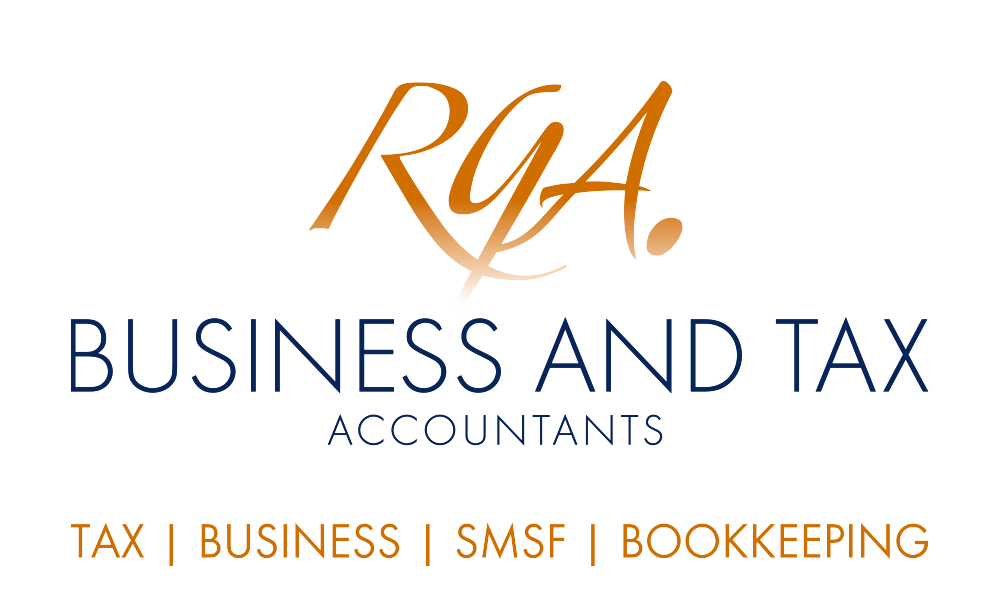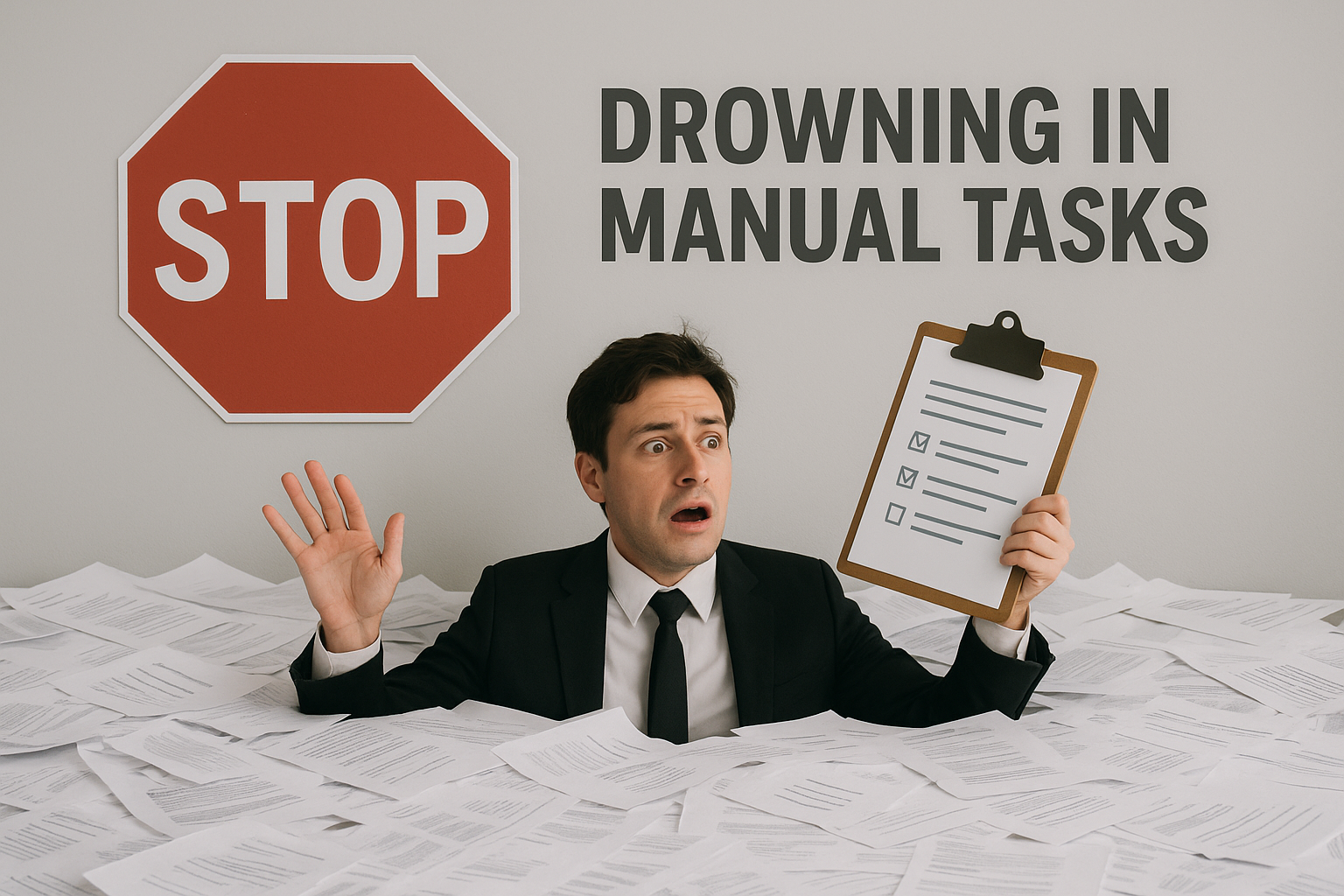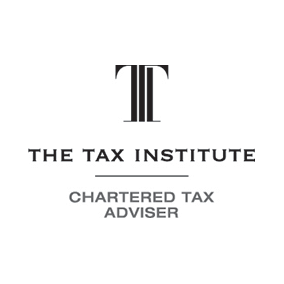Workers owed $3.6bn in super guarantee

Workers are owed over $3.6 billion in superannuation guarantee according to the latest Australian Taxation Office estimates – a figure the Government and the regulators are looking to dramatically change. Superficially, the statistics on employer superannuation guarantee (SG) compliance look pretty good with over 94%, or over $71 billion, collected without intervention from the regulators in 2020-21.
The net gap in SG has also declined from a peak of 5.7% in 2015-16 to 5.1% in 2020-21. The COVID-19 stimulus measures helped drive up the voluntary contributions with the largest increase in 2019-20, which the Australian Taxation Office (ATO) says they “suspect reflects the link between payment of super contributions and pay as you go (PAYG) withholding by employers. PAYG withholding is linked to the ability to claim stimulus payments such as Cash Flow Boost.”
Despite these gains, a little adds up to a lot and 5.1% equates to a $3.6 billion net gap in payments that should be in the superannuation funds of workers. Lurking within the amount owed is $1.8 billion of payments from hidden wages. That is, off-the-books cash payments, undisclosed wages, and non-payment of super where employees are misclassified as contractors.
In addition, the ATO notes that as at 28 February 2022, $1.1 billion of SG charge debt was subject to insolvency, which is unlikely to ever be recovered. Quarterly reporting enables debt to escalate before the ATO has a chance to identify and act on an emerging problem.
Employers should not assume that the Government will tackle SG underpayments the same way they have in the past with compliance programs. Instead, technology and legislative change will do the work for them.
Single touch payroll matched to super fund data
Single touch payroll (STP), the reporting mechanism employers must use to report payments to workers, provides a comprehensive, granular level of near-real time data to the regulators on income paid to employees. The ATO is now matching STP data to the information reported to them by superannuation funds to identify late payments, and under or incorrect reporting.
Late payment of quarterly superannuation guarantee is emerging as an area of concern with some employers missing payment deadlines, either because of cashflow difficulties (i.e., SG payments not put aside during the quarter), or technical issues where the timing of contributions is incorrect. Super guarantee needs to be received by the employee’s fund before the due date. Unless you are using the ATO’s superannuation clearing house, payments are unlikely to be received by the employee’s fund if the quarterly payment is made on the due date. The super guarantee laws do not have a tolerance for a ‘little bit’ late. Contributions are either on time, or they are not.
When SG is paid late
If an employer fails to meet the quarterly SG contribution deadline, they need to pay the SG charge (SGC) and lodge a Superannuation Guarantee Statement within a month of the late payment. The SGC applies even if you pay the outstanding SG soon after the deadline. The SGC is particularly painful for employers because it is comprised of:
- The employee’s superannuation guarantee shortfall amount – i.e., the SG owing.
- 10% interest p.a. on the SG owing for the quarter - calculated from the first day of the quarter until the 28th day after the SG was due, or the date the SG statement is lodged, whichever is later; and
- An administration fee of $20 for each employee with a shortfall per quarter.
Unlike normal SG contributions, SGC amounts are not deductible, even if you pay the outstanding amount. And, the calculation for SGC is different to how you calculate SG. The SGC is calculated using the employee’s salary or wages rather than their ordinary time earnings (OTE). An employee’s salary and wages may be higher than their OTE, particularly if you have workers who are paid overtime.
It's important that employers that have made late SG payments lodge a superannuation guarantee statement quickly as interest accrues until the statement is lodged. The ATO can also apply penalties for late lodgement of a statement, or failing to provide a statement during an audit, of up to 200% of the SG charge. And, where an SG charge amount remains outstanding, a company director may become personally liable for a penalty equal to the unpaid amount.
Need Help?
If you need help with getting your SG reporting, please get in touch with us for assistance.
Please also note that many of the comments in this publication are general in nature and anyone intending to apply the information to practical circumstances should seek professional advice to independently verify their interpretation and the information’s applicability to their particular circumstances. Should you have any further questions, please get in touch with us for assistance with your SMSF, business, bookkeeping and tax requirements. All rights reserved. Brought to you by RGA Business and Tax Accountants. Liability Limited by a scheme approved under Professional Standards Legislation.









